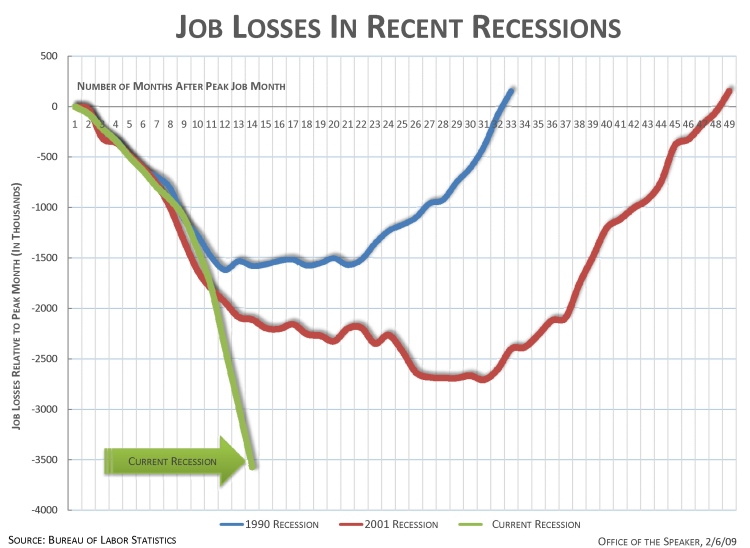In France we still have midi, or siesta – meaning shops and offices closed from noon to e.g. 2 p.m. during workdays.
A lot of people are using the time for having lunch together in a nearby restaurant.
We chose a restaurant which is also a shop, selling bread, wine and specialties.
Every morning when going for the bread, I’m studying the menu cards, observing what’s today’s special in the different places.
Today it was Salmon, delicious cooked in foil with slices of lemon on the top and a couple of clams (cocquille Saint-Jacques) in each end.
Cooking in foil serves the same purpose as cooking in bain-marie, namely to keep the food out of direct contact with the cooking media, whether it be water or oil. When properly wrapped the food tend to keep more of its natural flavors and fragrances during this indirect cooking.
On the side we got a little bowl with chopped haricot vert (green string beans) and leek, and some rice as a mix of wild rice and rice from Camargue, the famous natural region in Southern France (the delta of the river Rhône) where the horses are bread, and where the wild fowls, live in the marsh.
The wild rice is also called water oats, as it botanically is no rice at all, but of a different genus (Zizania) than the white/brown rice (Oryza).
After the sumptuous meal (at $ 15.25) we took a stroll in the lovely spring sun, and soon found an open place where the outdoor cafées flourished.
Here they served us a nice petit café a concept which costs $1.50-1.90 all over France.
Coffee in France is rather on the strong side, hence the glas of water.
As always, the coffee was served with a little sweet on the side, a chocolate covered almond, pure chocolate, or as in this case, a little spiced cookie called Speculaas (originally dutch).
Signing out: Anivid, gastronomy and culture 😉
The deck's all done
Though it was not part of the original plan, it became clear that it was necessary to shelter the back doors (they’re double doors) with a small porch roof. Water coming off the roof was falling too close to the door.
It’s just a short distance from the deck to the woods on the downhill side and back. On the uphill side the deck faces the orchard-to-be. When the back doors are open, the deck is irresistible. I’ve noticed that people walk into the house from the front door and are drawn straight to the deck. The deck is always visible through the glass doors, so it makes the house seem larger.
The one thing that’s incomplete in this photo is the roof over the small porch. Right now it’s just covered with tar paper. Green metal roofing is on the way.
House update
The fireplace was lit up today. Home is where the fireplace is. It’s been almost 20 years since I’ve had a fireplace, so I find that very exciting, even though it burns gas and not wood. To not have a wood fireplace was a pretty easy decision, though. For one, I could not afford a brick chimney over 30 feet tall. For two, I’m getting too old to mess with firewood. And for three, I wanted a reasonably competent and reliable heat source in case of power failures. This fireplace is vented to the outside. That made it a bit more expensive and pesky to install, but there are advantages to the vented fireplaces, not the least of which is that it puts out a bigger, more wood-like flame. I’m going to love being able to flip a switch and have a fire.
The ductwork for the heating and air conditioning system is almost done.
The plumbing and electrical work also is almost done. If there are no hitches, I may even be able to start the insulation work in a week or so.
Local sweets
By far, the most royal of all the local sweets is the sourwood honey from the Blue Ridge Mountains. It’s a light-colored honey, delicate and floral. There must be rules about what can and cannot be properly called sourwood honey. Though the honey in the photo above is not labeled “sourwood,” the color and flavor are that of sourwood honey, though pure sourwood honey is probably a little lighter in color. A year ago it was selling for about $7.50 a quart. Lately it has been $9.69 at a little market in Walnut Cove.
The market also sells fruit preserves that are made without sugar. The strawberry and blackberry preserves are particularly fine. The ingredients are listed as fruit, grape juice, cider, and spices. The strawberry preserves sell for $5.99 a pint. The blackberry preserves cost about a dollar more.
Sourwood honey is incredibly good with hot buttered biscuits. And it’s great for dulcifying one’s herb tea.
The dropouts: Who will they be this time?

Tintern Abbey in Wales [Wikipedia]
I realize that there’s a long tradition of making facile comparisons to one’s own time and the fall of Rome. Still…
From History of Rome, Michael Grant, Scribners, 1978:
“In the vain hope, then, of keeping their armies in the field, the imperial authorities ruined the poor and alienated the rich. They also alienated and then very largely destroyed the solid segment of the population that came in between — the middle class…. But the external invasions and internal rebellions of the third century A.D. had dealt this middle class terrible physical blows, while the accompanying monetary inflation caused their endowments to vanish altogether…. The cities of the empire, their public work programs cut to nothing or severely restricted, began to assume a thoroughly dilapidated appearance; and then in the fourth and fifth centuries, despite contrary efforts by Julian and others, their position still continued to worsen, and the old urban civilization, especially in the West, plunged into a sharp decline….
“So throughout the last two centuries of the Roman West there was an ever-deepening loss of personal freedom and well-being for all except the very prosperous and powerful…. The authorities sought to impose maximum regimentation, to pay for the army and prop up the imperial structure. And yet all they thereby achieved was to hasten the ruin of what they wanted to preserve, by destroying the individual loyalty and initiative that alone could have achieved its preservation….
“There were also various other causes of the downfall of the western empire, secondary and peripheral, though not altogether unimportant. One of these was the proliferation of dropouts who refused to participate in communal and public life. There were many people who found the social and economic situation intolerable and in consequence went underground and became the enemies of society. A large number of them became hermits and monks and nuns, who abandoned the company of their fellow human beings….”
I’ve asked several friends for their thoughts on what form the dropout phenomenon might take this time. The social and economic dislocations of the 1970s led to the hippy and communal movements, and many people (including me), remember that period and were influenced by it. Whatever the shape of the new dropout movement, a neighbor pointed out two attributes that I’m sure we can count on. The new dropouts will be connected by the Internet, and they will be green, very green.
House update
The railing and steps for the rear deck were added today. Tomorrow, we’re adding a roof out over the deck door. It will extend a bit more than three feet out over the deck. This is to shelter the deck door, which is a double door, and to keep water from the roof’s rear valley from falling on the deck too close to the house and door.
This work is being done, by the way, by a cousin who I had not seen in many, many years.
The electrician is coming along nicely. I’m still waiting for the plumbers and the heating and air conditioning people to start.
The local sweet potatoes
I can’t rave enough about the local sweet potatoes. They’re cheap, they’re good, and they’re fine winter fare, “Rare ballast for an empty belly,” as Sam Gamgee said. They’re so flavorful that I don’t even bother to season them, not even salt. They’re highly compatible, though, with toasted sesame oil, a compatibility the exploitation of which I must explore.
I’ve got to try growing me some this year.
Sauerkraut update
When I first tasted my homemade sauerkraut, which was put up in October, there were two problems. The first was that the sauerkraut wasn’t quite sour enough. The second was that it was too tender and lacked crunch.
Now that the sauerkraut has fermented longer and I’ve worked down into the crock, away from sauerkraut at the top of the crock, I am happy to report that these problems are gone. The sourness is just right, and the crunch is just right. I’m guessing that the the sauerkraut at the very top, which is more exposed to the air and to other biological and chemical processes, is not like the rest of the sauerkraut. Many people who make homemade sauerkraut have scum, or even mold, at the top of the crock. I had none of those problems. My sauerkraut is nice and clean. But I’m guessing that it’s the same principle — the sauerkraut at the top of the crock doesn’t really count.
I don’t hesitate to declare that this is the best sauerkraut I’ve ever tasted.
It's official: Kindle 2
Amazon did indeed make the announcement today about the new Kindle. Unfortunately, they did not cut the price.
I believe that, once electronic readers reach critical mass, we’ll have a whole new era of easy self-publishing and open-source literature.


